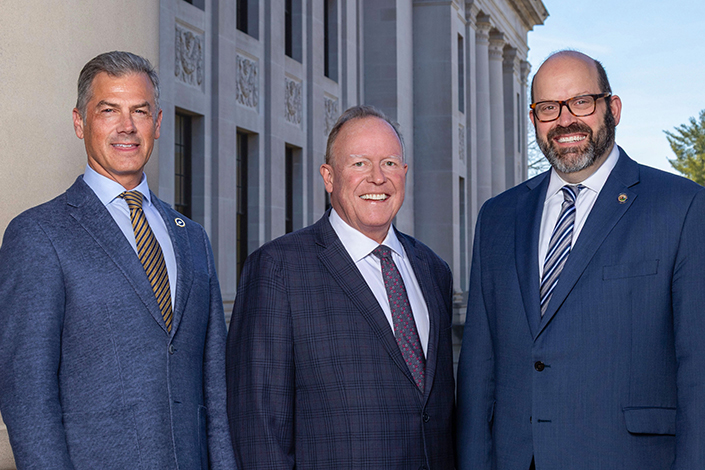With loan volume steadily increasing for the past six quarters, the U.S. Small Business Administration’s loan programs posted the second largest dollar volume ever in FY 2012, supporting $30.25 billion in loans to small businesses. That amount was surpassed only by FY 2011, which was heavily boosted by the loan incentives under the Small Business Jobs Act of 2010.
Overall, the pace of SBA loan-making is a healthy sign for the economy and the credit markets and is one of the foundations for ensuring the availability of financing to small businesses trying to establish themselves, grow and create new jobs for Americans.
The near-record pace was driven in part by a record year for the Certified Development Company (504) loan program, which supported $15.09 billion in small business credits. The strong performance of 504 loans was boosted by the temporary 504 refinancing program, which was responsible for 26 percent of the 504 program loans made in FY 2012 and 34 percent of the dollar volume. The recently expired 504 refinancing program was part of the incentive package under the Jobs Act.
“Reaching such strong numbers is a clear sign that both the business and lending communities are regaining their confidence in the economic climate of the country,” said SBA Administrator Karen Mills. “It means that the credit markets are increasingly willing to help small businesses establish themselves, grow and create new jobs for Americans.”
Over the past year, SBA began streamlining and simplifying many of the loan programs in order to provide more access and opportunity for both lenders and small businesses. As part of this effort, SBA encouraged lenders to use more of their own paperwork and the agency’s updated processing systems, so that more than 80 percent of its loan applications can now be processed online.
The reengineered CAPLines loan program recorded an increase of almost 400 percent in loan volume and 249 percent in dollar volume. The revamped program, which provides working lines of capital to small businesses such as manufacturers and government contractors, jumped from 108 loans and $118 million in FY 2011, to 532 loans and $410 million in FY 2012.
SBA’s streamlining of the Small Loan Advantage (SLA) and Community Advantage programs also produced encouraging results. The Advantage loan programs entice lenders to make low-dollar loans, which are an important tool for small businesses. Community Advantage jumped from 15 loans and $2.1 million in FY 2011, to 188 loans and $25.2 million in FY 2012, an 11-fold increase in both the number of loans and dollar amount. As of the end of May 2012, SLA had a volume of 188 loans for a little over $20 million. The program ended the fiscal year with 820 loans for $105.6 million. Nearly 80 percent of the year’s SLA loans came after SBA implemented simplified processes on June 1.
These efforts, among other loan enhancements, have resulted in nearly 1,300 lenders returning to SBA lending, and have opened up more points of capital access for small businesses wherever they do business.
During the fiscal year, which ended Sept. 30, SBA loan approvals supported $30.25 billion (53,848 loans) to small businesses in its two main loan programs, 7(a) and 504, compared to $30.5 billion (61,689 loans) in FY 2011 and $22.6 billion (60,771 loans) in FY 2010.
The totals for FY 2012 include 44,377 loans, $15.15 billion approved under the agency’s largest loan program, the 7(a) General Business Loan program, and 9,471 loans supporting $15.09 billion in small business lending under the 504 Certified Development Company program. The “supported” amount for 504 loans includes the SBA-backed portion and the third-party loans made by commercial lenders as part of the funding package.
For more information about these and other SBA programs, visit the SBA website at www.sba.gov, or contact your local SBA field office. You can find contact information for your local SBA office at http://www.sba.gov/localresources/index.html.








